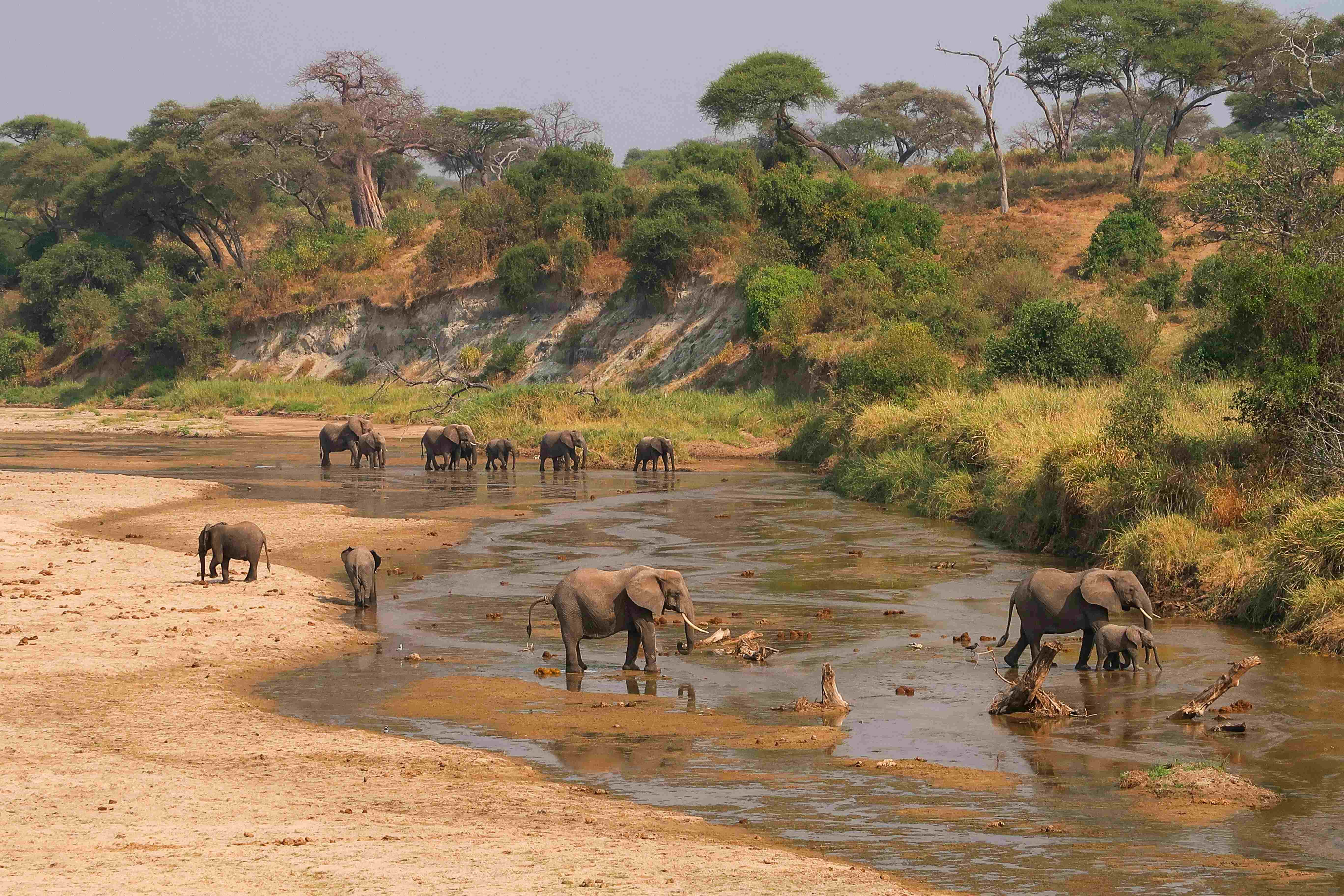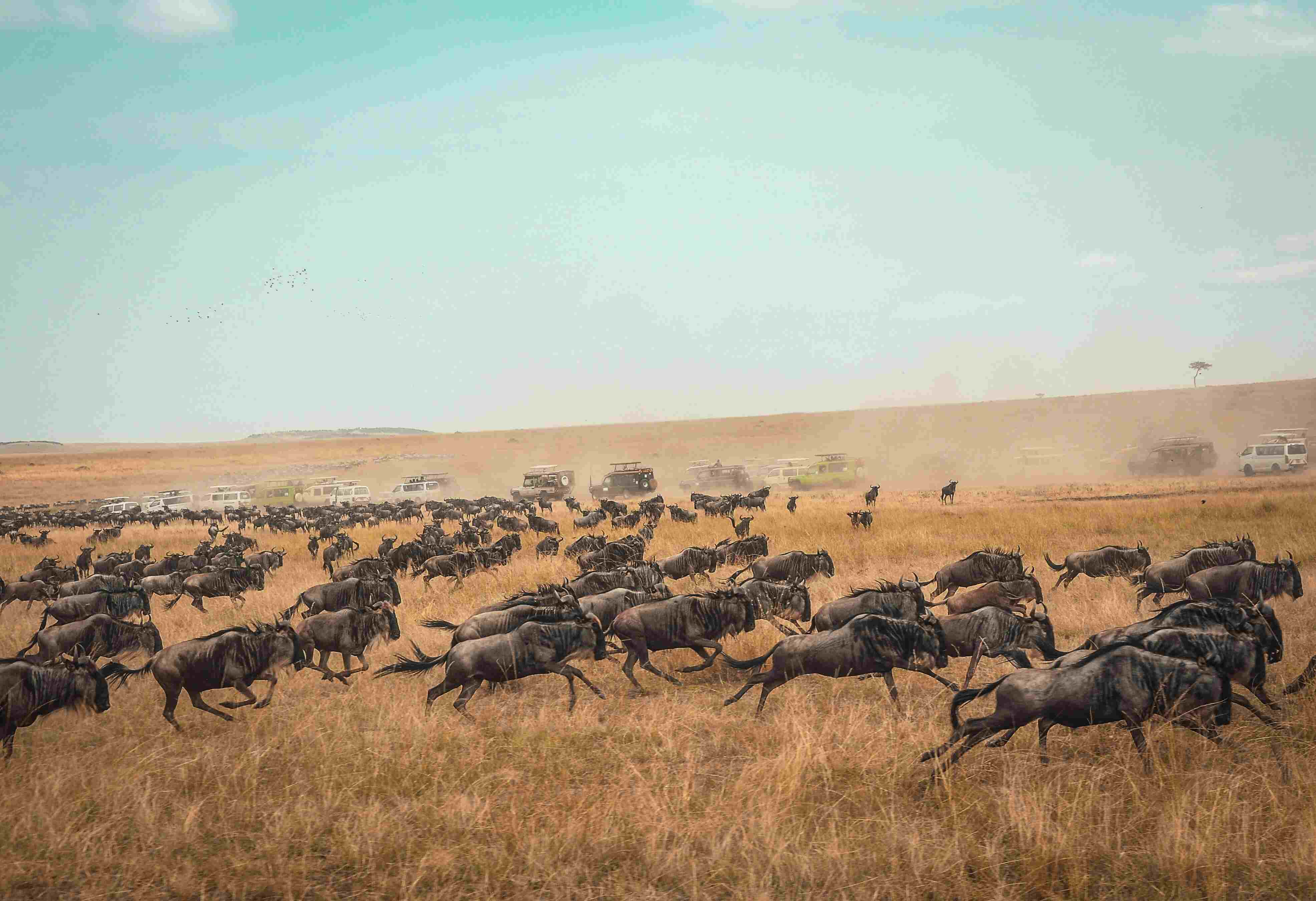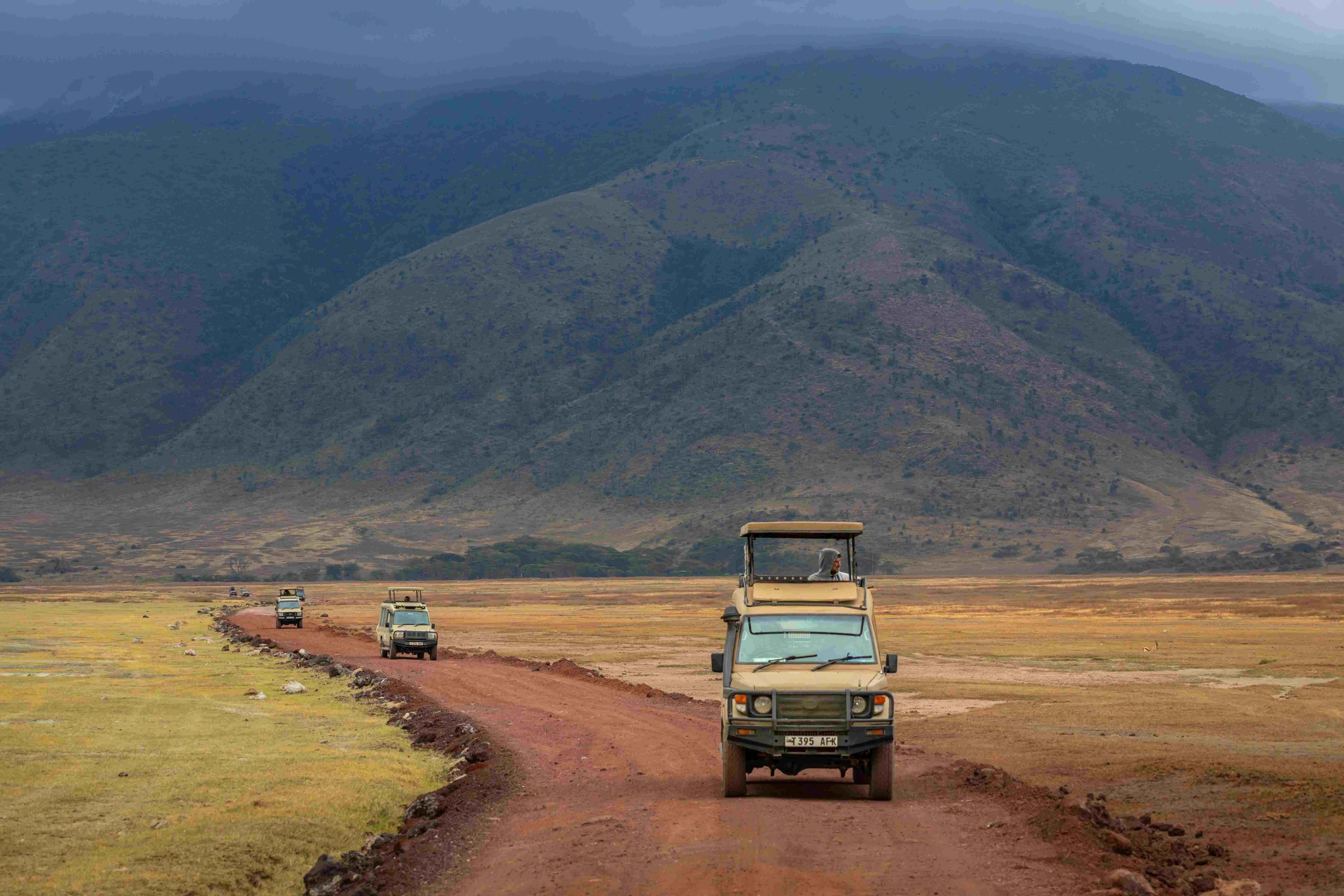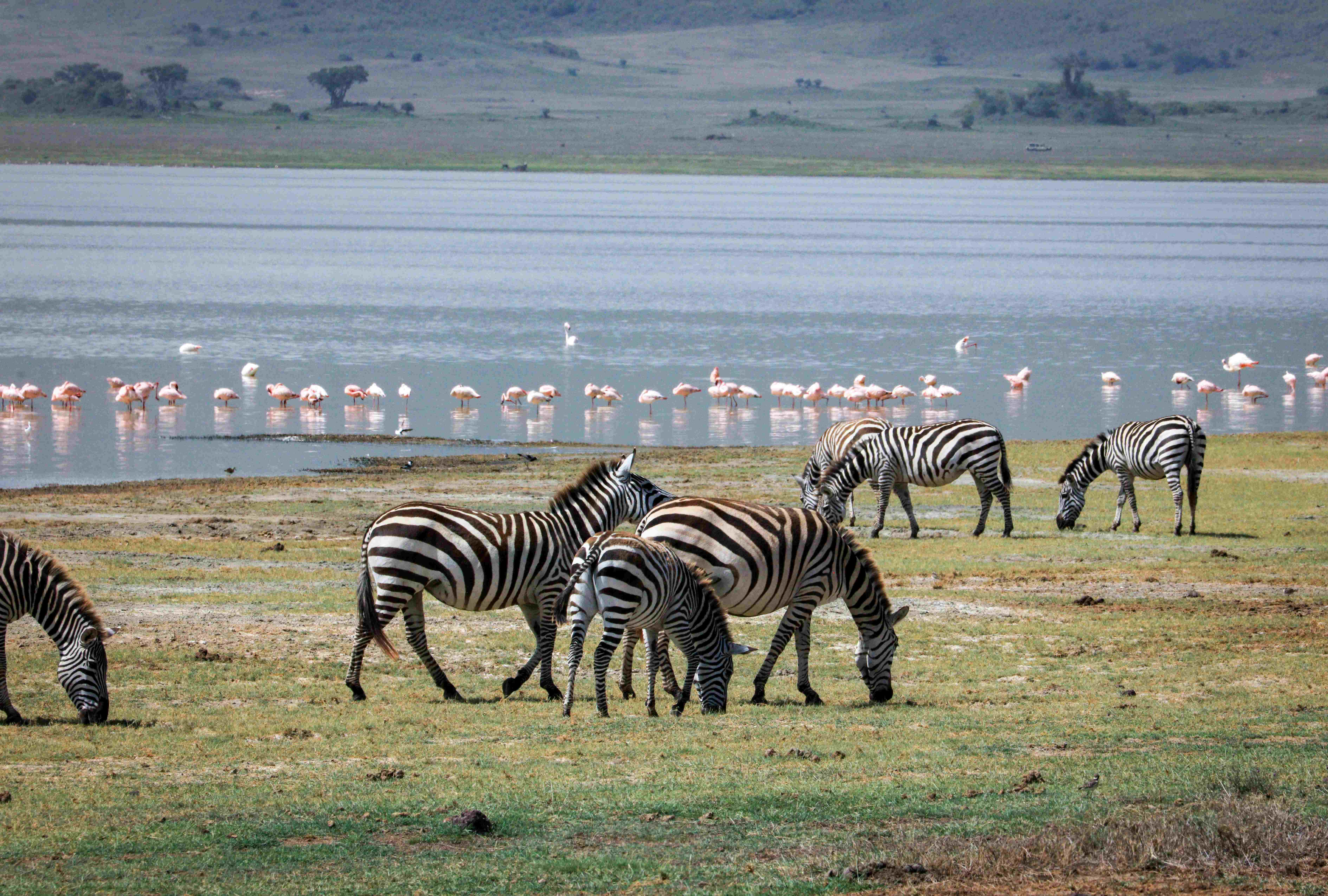
Season Legend:
When to Visit Tanzania for Safari & Beyond
Tanzania offers incredible wildlife experiences year-round, but the best time to visit depends on what you want to see and do. The country has two main seasons:
- Dry Season (June-October) - Best for wildlife viewing
- Wet Season (November-May) - Lush landscapes, fewer crowds




